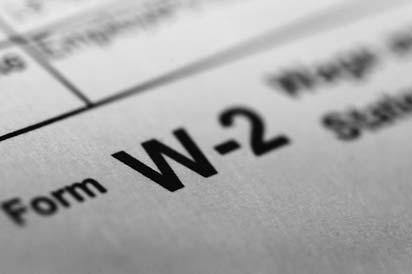According to the IRS, the average tax refund is up 3 percent so far this year, to $3,034. That's a significant amount of money to receive with no plan in place. Some will receive their tax return and know exactly where they intend to spend that money, whereas others might want to be more strategic with their refund check.
3 Methods for Budgeting Your Tax Refund.
1. Elizabeth Warren's 50-30-20 Rule
The 50-30-20 budget is a commonly used method to divide up a salary — and it can be used to divvy up your tax return as well.
The 50-30-20 rule divides your net pay into three categories:
- 50 percent for needs: Think food, water and shelter. Half of your budget should go to expenses like rent, transportation and groceries, as well as mortgage, auto loan and minimum credit card payments.
- 30 percent for wants: This covers the fun stuff, like going to concerts, dining out and indulging yourself.
- 20 percent for savings and debt: The smallest portion goes to paying down debt, building an emergency fund and contributing to a retirement nest egg.
The average return of $3,034 would amount to an increase of $1,517 toward needs, $910 toward wants, and $607 toward savings and debt.
2. The 33 Percent Rule
This one is based off the 25 percent rule, which divides your pretax income into four equal parts.
- 25 percent for taxes: This is normally income that is being withheld. In the case of a refund check, this portion can be absorbed by the three other categories.
- 25 percent for housing: To cover mortgage or rent payments.
- 25 percent for debts: A larger portion than allotted by the 50-30-20 rule, but exclusively for paying down debt.
- 25 percent for living expenses: This covers everything else, including savings.
If we remove non-applicable quarter lost to taxes and allot an even third to the remaining categories, $1,011 of the average $3,034 refund would go toward housing, debt and living expenses, respectively. (And buy yourself something nice with that extra dollar.)
3. Budget for the Necessities
If you want to splurge a bit with your return, this budget dictates how 75 percent of your tax refund is allocated, allowing for some freedom to spend the other 25 percent.
- 35 percent to housing: Covers mortgage or rent payments, utilities and insurance.
- 15 percent to transportation: Includes auto loan payments, insurance, gasoline and maintenance costs.
- 15 percent to debt: To pay down credit cards, student loans and any other personal loans.
- 10 percent to savings and investments: Includes contributions to an emergency fund, 401 (k) or Roth IRA.
- 25 percent to spend: Spend however you want.
With this budget, 75 percent of your tax return would be divided as follows: $1,062 to housing, $455 to transportation and debt, respectively, and $303 to savings. $759 would remain for discretionary spending.
Depending on your particular financial situation, devoting your tax return fully to one financial goal might be more advantageous. Potential uses for your return include: rebuilding your emergency fund, paying off credit card debt, investing in a retirement account, building college savings or filling gaps in your insurance coverage.
This article was written by Christina Lavingia of GOBankingRates.com, a leading personal finance website that specializes in connecting consumers with the best interest rates in the country.









